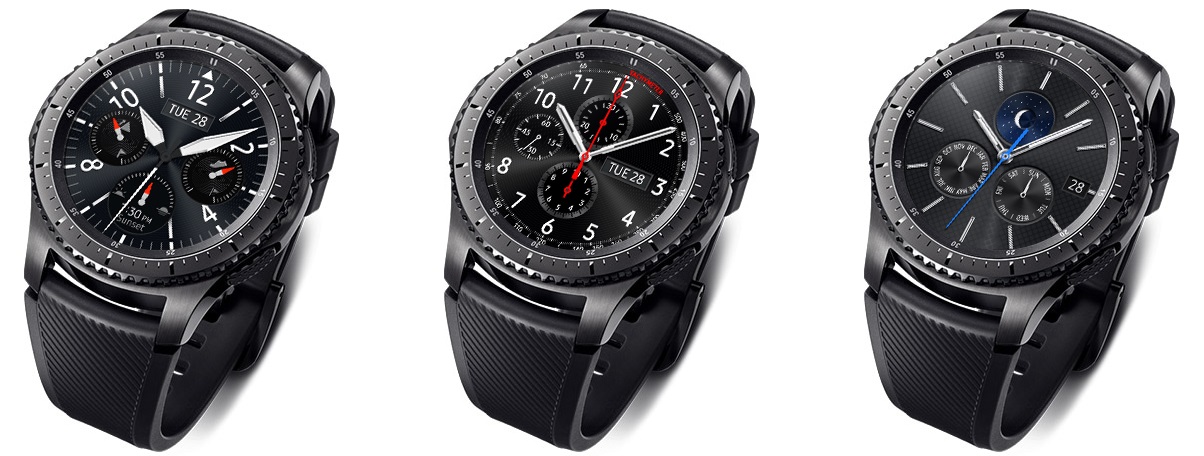
Samsung and Apple are preparing to do battle in the smartwatch arena as pre-orders begin for Samsung’s Gear S3 model. But who is going to be the winner, and how lucrative is the prize anyway?
The Gear S3 should be on consumers’ wrists by the end of November. It packs a dual-core 1 GHz processor, with 4GB of internal memory and 768MB of RAM. The second generation of the Apple Watch, meanwhile, has a dual-core processor which apparently provides higher performance. It is not clear how much RAM it will have.
Considering that Apple wasn’t even in the smartwatch market at the beginning of 2015, its quick rise to obtain a market share of 72 percent in Q2 2015, according to IDC, is certainly intimidating.
This has dropped, however, to a market share of 47 percent as of Q2 2016, according to IDC. Kantar Worldpanel figures suggest that Apple’s smartwatch market share has since droppedf further to around 33 percent.
Samsung saw its market share drop as Apple entered the market, although there are signs that it is recovering. It grew 51 percent between Q2 2015 and Q2 2016.
As of Q2 2016, Samsung had a market share of 16 percent.
The IDC figures show a worrying picture for vendors: that the smartwatch market is in decline overall, however.
The Q2 2016 figures showed the worldwide smartwatch market for the first time ever seeing a year-over-year decline of 32 percent.
Smartwatch vendors shipped 3.5 million units in the second quarter of 2016 (2Q16), which was down substantially from the 5.1 million shipped a year ago.

More recent forecasts from IDC suggest that the market overall is destined for fairly low growth. 2016 will see an increase of 3.9 percent from units shipped in 2015, reaching a total of 20.1 million units in 2016. This is set to increase to 50 million units in 2020.
In other words, unlike the smartphone market, which is expected in various estimates to surpass 2 billion units in the same span of time, the smartwatch market is not as lucrative a market to scrap over.
This is in terms not only of the number of shipments but the fact that the cost of smartwatches per unit is generally lower as well.
CCS Insight has provided much more optimistic forecasts for growth of 96 million units by 2020.
However, George Jijiashvili, wearables analyst at the firm, commented on the forecast, saying that the “hype around full-touch smartwatches has subsided.”
He says that the category still feels like “a solution looking for a problem.”
Steered by CCS Insight research, Jijiashvili sees smart analogue watches as the main avenue for future growth.
“Compared with full-touch smartwatches, these offer the convenience of a traditional watch but with added smart functionalities such as activity and sleep monitoring, all delivered with six- to 12-month battery life.”
He indicates that traditional watchmakers could deliver the growth here.
It would be fair to say that both Samsung and Apple will be looking for a win from their new launches for different reasons.
Samsung has been rocked hard by the overheating issues with the batteries in its Samsung Galaxy Note 7 devices. Meanwhile, Apple has been seeing dwindling sales of its iPhone devices for several quarters.
If Samsung can continue eating into Apple’s lead as it has done, the market could become another Apple vs Samsung arena. But with little growth expected in the market, it will not make up for decline elsewhere.






